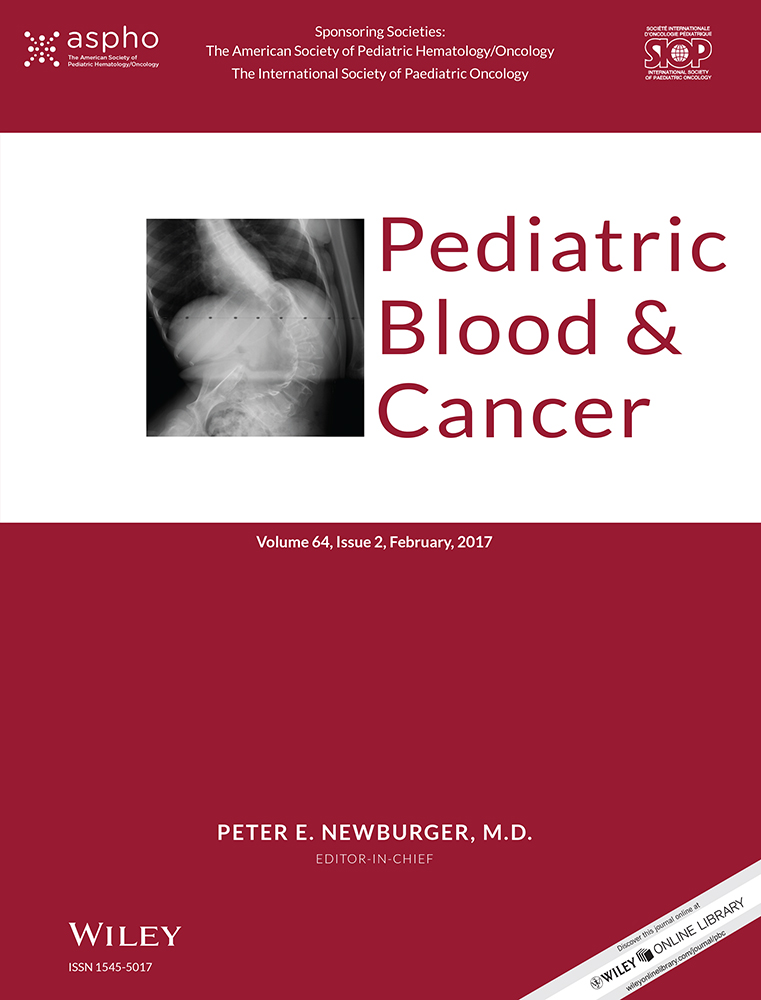IFR4/MUM1-positive lymphoma in Waldeyer ring with co-expression of CD5 and CD10
Abstract
IRF4/MUM1-positive lymphoma is a new subgroup of germinal center-derived B-cell lymphoma, predominantly involving the Waldeyer ring (WR) in children. CD5 expression is rare in these lymphomas. We report a 7-year-old Chinese male with B-cell lymphoma. Evaluation of his specimen by morphology, immunohistochemistry, and FISH analysis demonstrated IRF4/MUM1-positive lymphoma with strong and extensive CD5 and CD10 positivity. Despite the lack of t(14;18)(q32;q21) rearrangement, BCL2 protein was expressed. Our report highlights the clinicopathologic features of IFR4/MUM1-positive lymphoma in WR with co-expression of CD5 and CD10, and thereby provides insight into this newly recognized disease entity.




